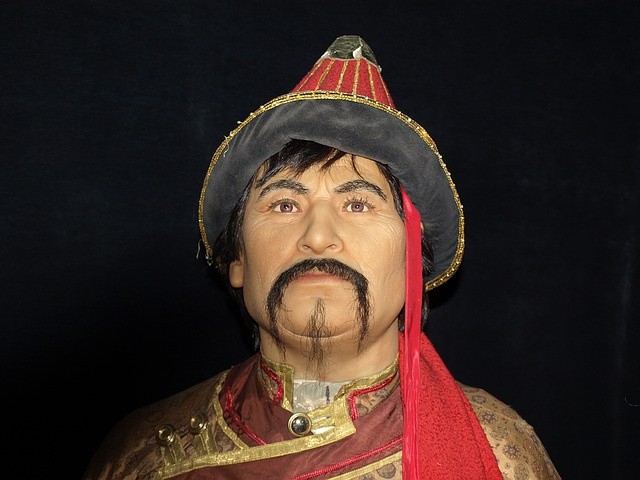
Avar nomads became famous for their rise in 567 or 568 CE, which arose when Rome fell due to Germanic barbarians.
The fall of Rome was caused by the Huns, Goths, and Vandals that led to upheavals in Europe; when they met the Avars.These horseback warriors would see their end in due time but leave their mark in graves discovered by archeologists.
Avar Nomads Expansion
Between 567 and 568 CE, a horde of mounted fighters emerged from the east, sweeping the various Germanic groups out of the Carpathian basin in Europe's southeast, reported Sciencealert.
It took two centuries before they were defeated in the 8th century by the Franks. Most of what is known about them are from biased Byzantian texts.
There were even allegations that they weren't true Avars, indicating that their ancestry was stolen from a group in the far east.
Genetic analysis of the remains of 66 people unearthed in a wide range of tombs has shown that they are the descendants of a Central Asian society far to the east, providing the first solid evidence of a fast migration.
According to Choongwon Jeong, Seoul National University population geneticist, these riders traveled more than 5,000 kilometers from Mongolia into the Caucasus in ten years. It is now Hungary, mentioned Chop News.
Avar Warriors
The written history shows that these nomadic riders came from the Rouran, where the early Mongols came from.
The early khaganate or Avar Nomads began in the late 4th century and crumbled to competing bands of Asian Turks over a century and a half later. Starting the emergence of Turkish supremacy in the east, noted the Latest 10 News.
Records from the Byzantian era had mentioned after the rout of these riders called Avars would run from the Turks and end up in the Caspian basin about fifteen years later.
These nomadic riders would be seen in several campaigns overland and will be part of the assault on Constantinople, the capital of Byzantine.
The Egyptian-born Byzantine historian Theophylact Simocatta mentioned these adept warriors were of mixed origin closer to home. Simocatta remarked they were pseudo-Avars, not pure, and others were called Chunni, cite Users.
While we know a lot about them from their enemies, the Carpathian branch of the Avars didn't even leave any written records.
Archeologists discovered settlements and numerous graves that have been studied for decades which gave data on how they lived and died.
There's no question that a large number of riders fled Central Asia at breakneck speed, traveling tens of thousands of kilometers each year to put space between themselves and their Turkish assailants.
However, it appears that the Avars managed to add new bloodlines into their fold once they had established themselves in their new home.
Guido Gnecchi-Ruscone, a geneticist at the Max Planck Institute for the Science of Human History and lead author of the new study, describes how his team uncovered cultural diversity among the invaders.
He added the apparent affinity for Northeast Asia and likely origin as a consequence of the Rouran Empire's fall, and the 7th-century Avar period elites have 20 to 30% additional non-local ancestry, the more likely from the North Caucasus and Western Asian Steppe, proving further migration from the Steppe after their arrival in the 6th century.
The Avars were eventually defeated in due time by the Carolingian monarch Charlemagne and faded into annals of history.
Related Article: Ancient Sacred Pool Discovered in Sicily Similarly Functions as the Stonehenge, Archaeologists Reveal
© 2025 HNGN, All rights reserved. Do not reproduce without permission.








